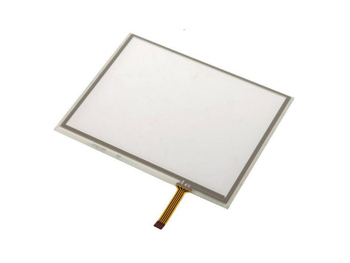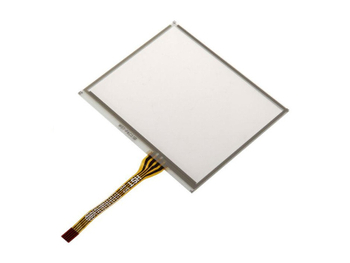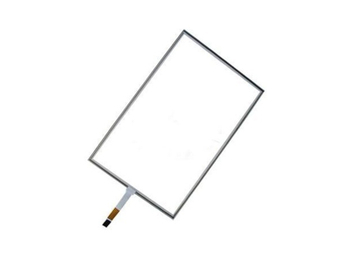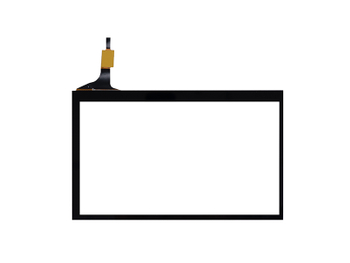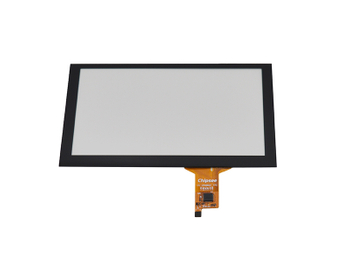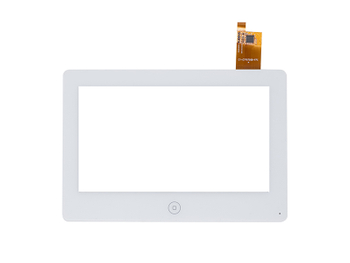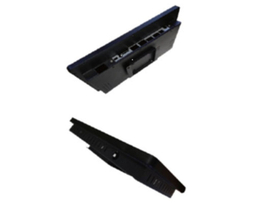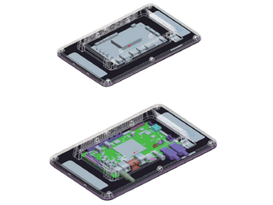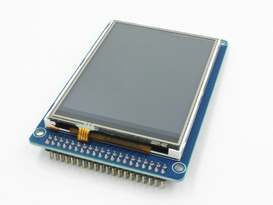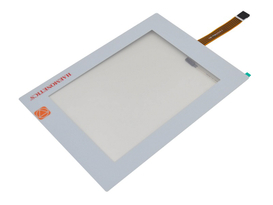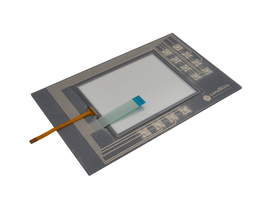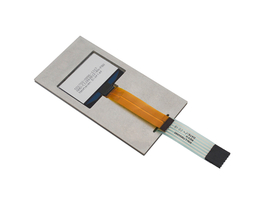- Membrane Switches
- PCB Membrane Switches
- FPC Membrane Switches
- Rubber Keypad Switches
- Capacitive Membrane Switches
- Waterproof Membrane Switches
- UV-Resistant Membrane Switches
- Medical Membrane Switches
- Backlighting Membrane Switches
- Backpanel Membrane Keypads
- Super Big Size Membrane Switches
- Silicone Rubber Keypads
- Graphic Overlays
- OCA Lamination Keypads Services
- Dome Arrays
- Displays
- Parts
- Total Solutions
- Home
- Products
- About Us
- Markets
- News
- Contact Us
- All
- Product Name
- Product Keyword
- Product Model
- Product Summary
- Product Description
- Multi Field Search



